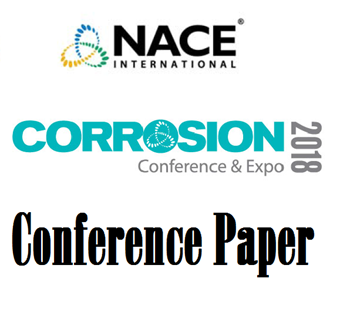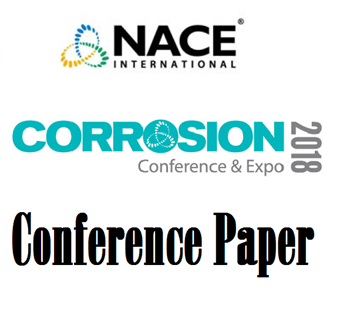The effect of W on the precipitation kinetics of three 25Cr SDSS grades was quantified in Time-Temperature-Transformation (TTT) diagrams. Optical microscopy, scanning electron microscopy–energy dispersive X-ray spectroscopy (SEM–EDS), and Electron backscatter diffraction (EBSD) were used.
Product Number:
51318-11105-SG
Author:
Mia Bernås / Ida Westermann / Anders Jernberg, Atle H. Qvale / Roy Johnsen / Cristian Torres / Mariano Iannuzzi
Publication Date:
2018
$0.00
$20.00
$20.00
Although extensively used in oil and gas production due to their excellent combination of mechanical properties and corrosion resistance, 25Cr super duplex stainless steels (SDSSs) are susceptible to the precipitation of deleterious phases during heat treatment and welding. Deleterious phases, in turn, affect both localized corrosion resistance and mechanical properties. Much debate still exists as to whether alloying elements such as tungsten accelerate or retard the formation of detrimental precipitates.
In this work, the effect of W on the precipitation kinetics of three 25Cr SDSS grades, namely, UNS S32750 (W-free), S32760 (Low-W), and S39274 (High-W) was quantified in Time-Temperature-Transformation (TTT) diagrams. Optical microscopy, scanning electron microscopy–energy dispersive X-ray spectroscopy (SEM–EDS), and Electron backscatter diffraction (EBSD) were used to characterize the microstructure evolution and construct the TTT diagrams. The effect of intermetallic compounds (IMCs) and tertiary phases on localized corrosion resistance was investigated as a function of volume fraction and type of precipitate, with a focus on σ– and 𝜒–phase formation. The localized corrosion resistance of the various metallurgical stages was determined using open circuit potential measurements as a function of temperature during immersion in 6 wt% FeCl3 pH = 1.0. The σ–phase precipitation rate was slower in the High-W SDSS compared to the other alloys, possibly due to 𝜒–phase precipitation at grain boundaries. At 846°C, the isothermal heating time required to observe a drop in Critical Pitting Temperature (CPT) doubled for the High-W SDSS. The implications of these findings in materials selection for oil and gas production equipment are discussed.
Key words: duplex stainless steels, seawater, critical pitting temperature, sigma phase, chi phase, chromium nitrides, time-temperature-transformation diagram.




